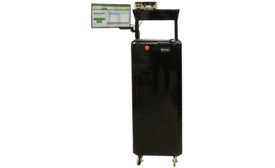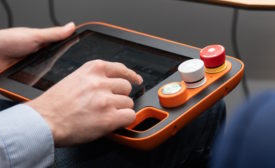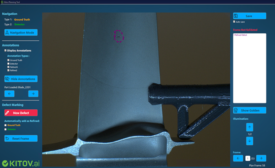Home » Keywords: » automation
Items Tagged with 'automation'
ARTICLES
Quality Headline
A3 Unveils Advocacy Principles to Accelerate Robotics, Automation Adoption Across U.S.
April 18, 2024
Quality Headline
Virginia Professor Danny Murphy Wins Inaugural A3 Educator of the Year Award
April 15, 2024
New Product
Kitov.ai Software Platform for Improved Automated Visual Inspections
March 18, 2024
Quality Headline
Onto Innovation 4Di InSpec Automated Metrology System Receives 2024 Innovative System of the Year Award from FANUC America
February 28, 2024
Vision & Sensors | Machine Learning
Machine Learning for Automation & Quality Inspection
While machine learning is a subset of AI, deep learning should be viewed as a subset of machine learning.
February 5, 2024
EVENTS
Webinar
7/27/23 to 7/27/24
Contact: Meg M.
Why Cobots Are the First Choice for Many Small to Medium-Sized Companies
Webinar
4/18/24 to 4/18/25
Contact: Meg K.
Focus on What Matters: The Future of Digital Precision in Manufacturing
Webinar Sponsored Webinars Sponsored
5/22/24 to 5/22/25
Contact: Meg K.
Quality Automation: How Robotics and Sensors Drive Quality Control and Production
Get our new eMagazine delivered to your inbox every month.
Stay in the know with Quality’s comprehensive coverage of the manufacturing and metrology industries.
SIGN UP TODAY!Copyright ©2024. All Rights Reserved BNP Media.
Design, CMS, Hosting & Web Development :: ePublishing









